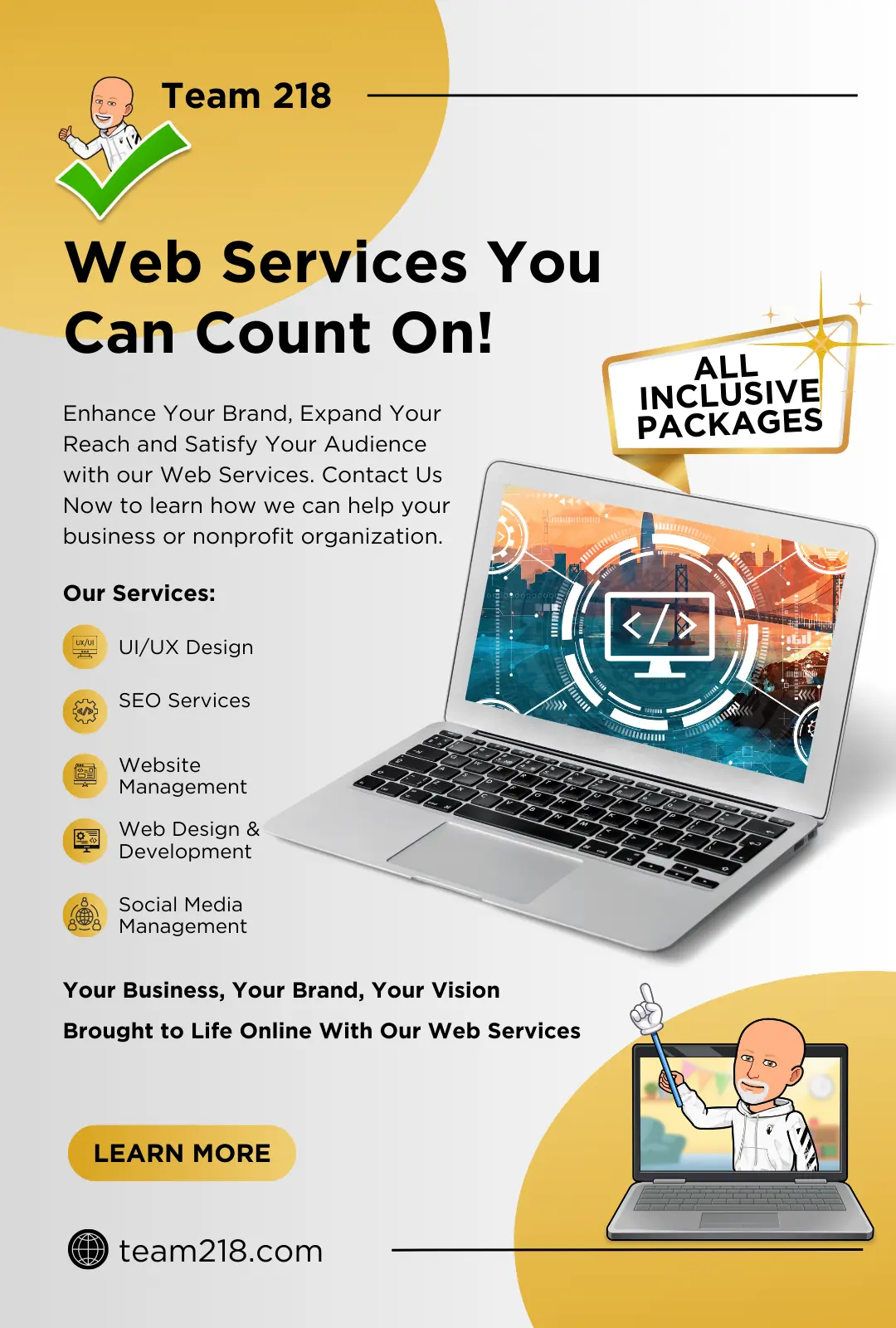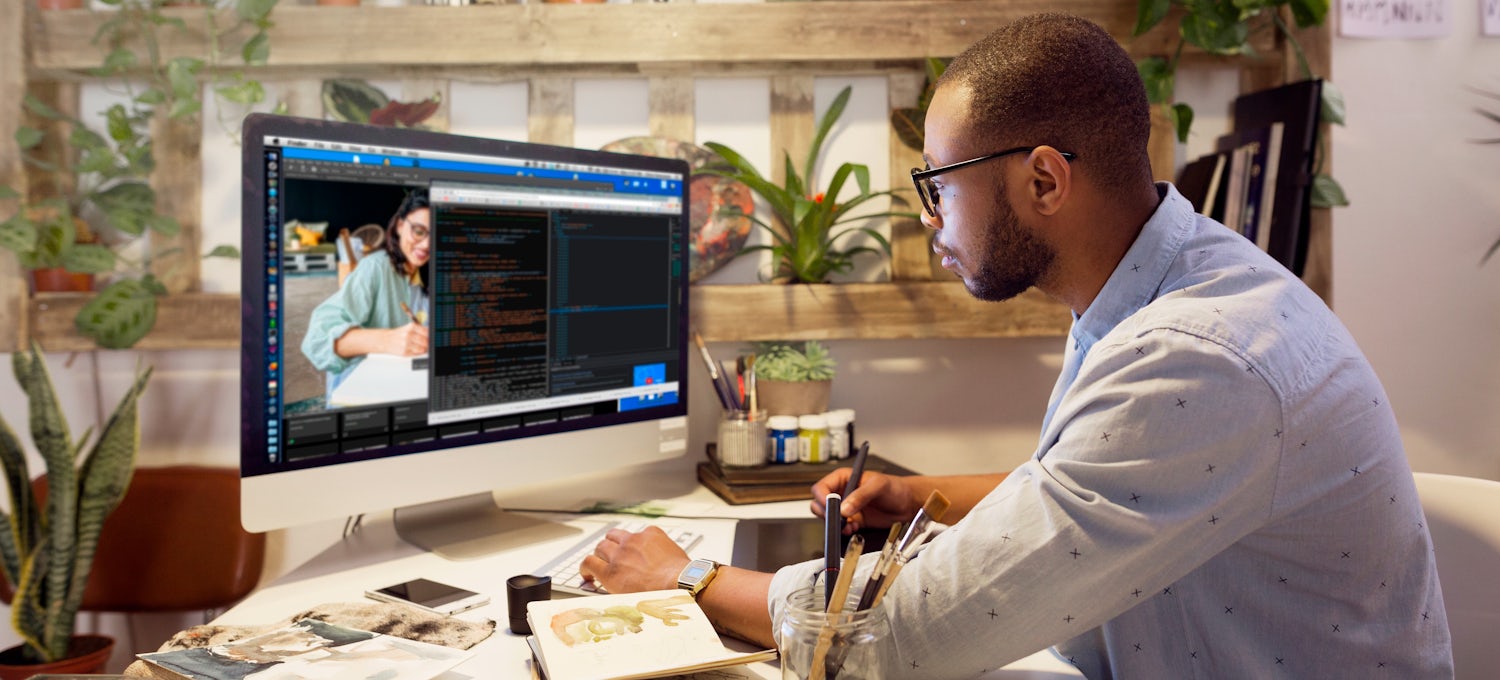Top Trends Shaping the Future of Innovative Web Design
Wiki Article
The Comprehensive Guide to Crafting Aesthetically Appealing and Useful Website Design That Meets Individual Demands
In today's electronic landscape, the significance of crafting website design that are both useful and visually enticing can not be overemphasized. By focusing on user-centered design principles, designers can develop experiences that not just bring in yet additionally retain individual rate of interest. Trick aesthetic elements such as contrast, equilibrium, and placement play an important function in this process, while the necessity of receptive design makes certain accessibility across different tools. The journey does not end with initial design; recurring screening and version are vital for refinement. What techniques can one utilize to effectively balance these parts?Comprehending User-Centered Layout
At the heart of effective website design exists the concept of user-centered style, a philosophy that prioritizes the needs, choices, and habits of users throughout the growth procedure. This technique involves extensive research study to understand the target audience, guaranteeing that the final product reverberates with its designated users. By including user feedback at every phase, designers can create interfaces that are not just aesthetically attractive yet likewise functional and intuitive.User-centered style stresses compassion, calling for designers to step right into the users' footwear and consider their perspectives. Methods such as individual identities, journey mapping, and functionality testing are used to recognize discomfort factors and chances for enhancement. This repetitive procedure permits constant improvement, as developers adapt to evolving customer requirements and technological developments.
Incorporating user-centered layout results in enhanced customer satisfaction and involvement, eventually resulting in greater conversion rates and brand name commitment. It fosters a joint atmosphere where stakeholders, consisting of designers, individuals, and programmers, interact to achieve a common vision. By placing individuals at the forefront of the style procedure, organizations can develop sites that not just meet organization objectives yet also supply rewarding and significant experiences for users.
Secret Concepts of Visual Design
Efficient aesthetic design works as the structure for creating easy to use and interesting sites. It includes numerous key principles that lead designers in crafting visually pleasing and useful interfaces.
First, balance plays an essential function in achieving visual consistency. Developers need to disperse elements evenly across the design to prevent frustrating customers. This can be attained through asymmetrical or in proportion style strategies.

In addition, positioning is essential for organizing details. Consistent positioning of message and images promotes a tidy format, improving total navigating and user experience.
 Proximity likewise adds to aesthetic clarity. Grouping associated things with each other aids individuals in recognizing the partnership between different aspects, making the user interface extra intuitive.
Proximity likewise adds to aesthetic clarity. Grouping associated things with each other aids individuals in recognizing the partnership between different aspects, making the user interface extra intuitive.Lastly, uniformity in style components, such as colors, designs, and typefaces, enhances brand identity and helps individuals navigate the site extra effortlessly. By incorporating these vital concepts of aesthetic style, web designers can create user interfaces that are not only visually attractive however user-centered and likewise functional.

Importance of Responsive Style
Receptive design is a critical element of modern-day web advancement, making certain that sites work seamlessly across a range of tools and screen sizes. As the web landscape advances, the diversity of devicesâEUR" ranging from smart devices to tablet computers and desktop computersâEUR" requires a style strategy that accommodates all users.Carrying out receptive layout enables a versatile design that instantly adjusts based upon the user's screen dimensions. This versatility not just boosts availability however likewise enhances use, as customers can browse and connect with the site effortlessly, no matter their device.
Furthermore, online search engine like Google focus on mobile-friendly web sites in their ranking formulas. A receptive layout can dramatically boost a website's search engine optimization efficiency, inevitably driving even more website traffic and raising presence.
In addition, receptive layout lowers the demand for keeping numerous variations of a web site, enhancing updates and material monitoring. This performance converts right into price financial savings and a much more cohesive brand experience throughout systems.
Enhancing Customer Experience
User experience (UX) is a critical element of web design, influencing how site visitors connect with a website and perceive its value. A well-crafted UX guarantees that users can navigate with ease, locate details conveniently, and accomplish their goals effectively. The design has to think Related Site about the individual's journey, from the minute they arrive on the website to the completion of their desired action, whether that be making a purchase, enrolling in an e-newsletter, or accessing details.Crucial element that improve UX include clear navigating, receptive designs, and appealing visual web content. Uniformity in design elements such as buttons, shades, and fonts promotes familiarity, making the internet site feel cohesive. In addition, maximizing tons times is important; individuals are much less most likely to remain on a website that is more info here sluggish to respond.
Integrating accessibility functions ensures that all customers, consisting of those with impairments, can interact with the website seamlessly. User-centric style principles must direct content company, supplying pertinent info in a sensible framework. web design. By focusing on user requirements and choices, web designers can create experiences that are not just aesthetically enticing yet additionally practical, ultimately fostering user satisfaction and loyalty
Examining and Repeating Designs
Checking and repeating layouts are fundamental processes that comply with the preliminary creation of an internet site, ensuring that the user experience stays at the forefront of any kind of modifications. These phases entail gathering user feedback, assessing design efficiency, and making educated adjustments to improve usability and involvement.Reliable testing can take numerous kinds, including use screening, A/B testing, and individual surveys. Use screening enables designers to observe actual individuals as they engage with the site, identifying discomfort points and areas for renovation. A/B screening, on the other hand, contrasts two versions of a layout aspect here to determine which executes much better, providing measurable data to guide choices. User studies can provide qualitative insights, recording user views and preferences.
Continuous iteration promotes a flexible layout approach, where the site progresses in action to customer habits and feedback. By dedicating to extensive screening and version, designers can produce a website that not just satisfies aesthetic requirements yet also supplies a pleasurable and seamless individual experience.
Final Thought
To conclude, efficient web style necessitates the integration of user-centered concepts, vital aesthetic style elements, and receptive structures to produce engaging user interfaces. By focusing on individual needs and implementing continual screening and iteration, developers can improve their developments to enhance total contentment. The dedication to these practices not just promotes a visually enticing aesthetic but additionally makes sure functionality throughout diverse devices, eventually adding to a favorable individual experience and increased involvement.
By prioritizing user-centered layout principles, developers can create experiences that not just draw in but additionally keep customer rate of interest.At the heart of effective internet design exists the concept of user-centered style, a philosophy that focuses on the requirements, choices, and behaviors of customers throughout the advancement procedure. By putting customers at the leading edge of the layout procedure, organizations can create web sites that not just satisfy company objectives however likewise provide fulfilling and significant experiences for individuals.
By focusing on individual requirements and choices, web developers can develop experiences that are not only visually attractive yet also practical, eventually cultivating user fulfillment and commitment.
Customer surveys can provide qualitative insights, recording customer sentiments and preferences. (web design)
Report this wiki page